Liverpool’s history is one to be revered and celebrated and it is readily looked back on with great fondness, but not ever quite like this – in vivid colour that brings new life to images of old.
A picture is a snapshot in time, something that can be preserved for generations and keeps the present connected to the past.
As Andy Warhol once said: “The best thing about a picture is that it never changes, even when the people in it do.”
And with Liverpool’s long history comes albums upon albums of moments captured in time, but those pictures of the club’s early beginnings, of football in war-time and of Bill Shankly have largely been documented in black and white.
But now, Old Liverpool FC In Colour takes you on a journey through Liverpool’s history with 130 incredible pictures – many of which have never been published before.
The book delves into the archives and injects colour into the journey, transporting you back in time thanks to a collaboration between two born and bred Liverpudlians, colourisation expert George Chilvers and historian and author Mark Platt.
The book is a labour of love and we can share a glimpse of what you can expect with the story of six stunning photos from the book, one of which goes as far back as 1906.
Victory Shield
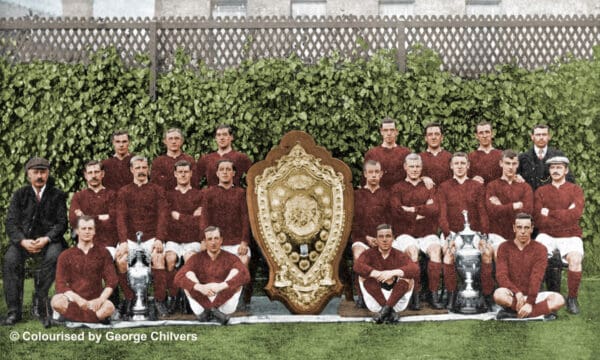
Of all the trophies ever won by Liverpool, the award for the biggest – in terms of sheer size – must surely belong to the one that takes pride of place on this team photograph from 1906.
Standing tall at over six foot, it is the Dewar Sheriff of London Charity Shield, the forerunner of the FA Charity Shield.
It was contested annually between 1898 and 1907 by the top professional and amateur sides of the time.
Having been crowned Football League champions for a second time in 1906 Liverpool were duly invited to play the famous Corinthians at Fulham’s Craven Cottage and Joe Hewitt netted three times in a 5-1 victory.
The other trophy on display in this picture is the Liverpool Senior Cup, clinched two days later to complete another memorable season for a club that had bounced back from the shock of relegation in 1904 to reclaim its crown as the best in the country.
The Dewar Shield no longer features on the club’s official honours list but at the time there was a lot of prestige attached to it. Between 1935 and 1938 it was even considered, alongside other trophies won by the team, worthy of recognition on the front cover of the matchday programme.
As for hat-trick hero Hewitt, he finished the 1905/06 season as Liverpool’s top scorer with 24 goals and, after retiring as a player in 1911, went on to serve the club in a variety of roles for another 60 years.
Call of Duty
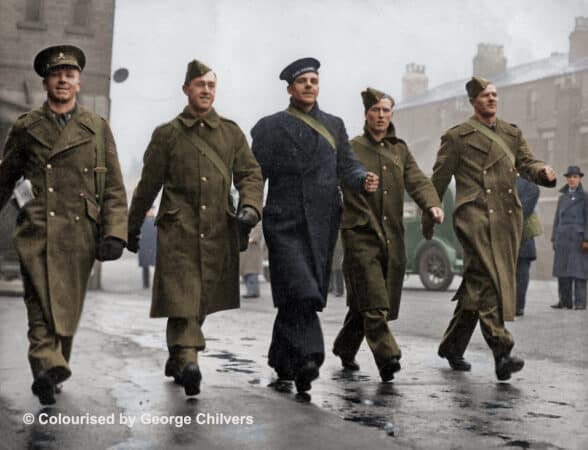
Five members of the Liverpool first-team squad pack their bags, don their uniforms, and bid Anfield a fond farewell as they set off to serve their country in the Second World War.
For Matt Busby, Jack Balmer, Jim Harley, Willie Fagan and Dirk Kemp, not to mention the rest of their team-mates who aren’t pictured, life was about to change irrevocably. The future was shrouded in uncertainty.
Prior to the onset of hostilities, Liverpool had been the first team in Britain to register all their players – plus manager George Kay and assistant secretary Jack Rouse – with the Territorial Army.
In total, during the course of the six-year conflict, 76 players from Liverpool would experience active service, a figure bettered by only two other clubs, Wolves and Crystal Palace.
Football did continue to be played throughout the war and it was in these wartime regional leagues and supplementary cup competitions that many promising youngsters pulled on a red shirt for the first time, notably future greats Billy Liddell and Bob Paisley, who had been signed on as youngsters in the immediate pre-war years.
Several high-profile players from other clubs guested for Liverpool too, among them Stan Cullis and Dennis Westcott of Wolves, Manchester City goalkeeper Frank Swift, Charlton duo Sam Bartram and Don Welsh, and, from Preston North End, a certain Bill Shankly.
Fortunes, not surprisingly varied throughout this time but Liverpool did enjoy some success when winning the Football League North in 1943. They also collected a couple of Liverpool Senior Cups and the Lancashire Senior Cup.
Liverpool vs. Liverpool
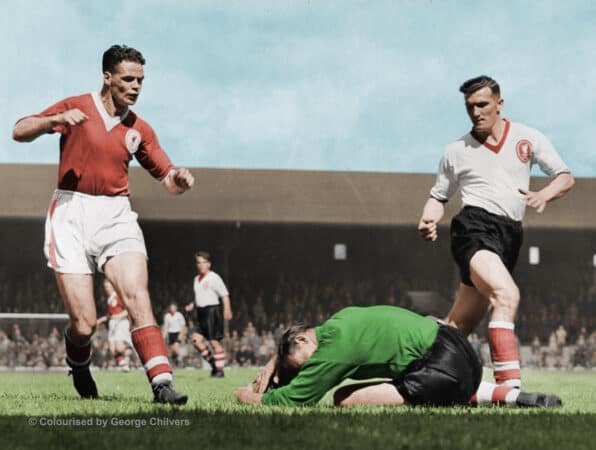
The one fixture Liverpool could never lose…it’s the ‘Reds’ versus the ‘Whites’ in the annual public trial match at Anfield in August 1956.
Viewed back then as the traditional curtain-raiser to the new season, this was the final dress rehearsal before the following week’s big kick-off.
It was an opportunity for any last-minute plans to be fine-tuned and for players to convince the selection committee that they were deserving of a place in the first eleven.
For supporters, it was a chance to gauge the team’s prospects for the coming months and catch a first glimpse of any new signings.
On this occasion, Tommy Younger was the only notable new face, while fellow goalkeeper Doug Rudham was one of the players out to impress.
Rudham held the unwanted distinction of being the keeper that conceded nine goals in the club’s all-time heaviest defeat and had dropped down the pecking order following Younger’s arrival.
Within seconds of the first whistle, the South African stopper can be seen diving bravely at the feet of Billy Liddell, while the promising Dick White, recruited from Scunthorpe the previous year, looks on.
As expected, it was the Reds who ran out winners. Liddell was among the scorers, grabbing a hat-trick in a 6-1 victory.
While Liddell went on to play in all but one game in 1956/57, Rudham and White had to make do with just two and five first-team appearances respectively.
White’s time would come though, and he’d eventually become Liverpool captain. Rudham remained at the club for a further four years.
Three Wise Men
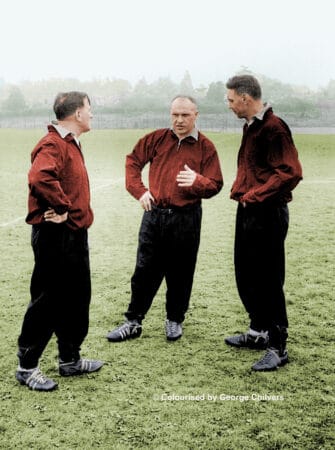
A meeting of three great footballing minds. Bill Shankly, Bob Paisley and Joe Fagan; modest men with knowledge in abundance, talking tactics and pulling together for the Liverpool cause.
Of all the decisions Shankly made when he took charge at Anfield, arguably his most important was to retain the existing backroom team, of which Paisley and Fagan were key figures.
Each of the esteemed trio came from similar working-class backgrounds and had played professionally at the highest level.
Collectively, they shared the same beliefs on how the game should be played. Their philosophy was one borne out of simplicity; find the nearest red shirt, pass and move. It was a trait that would define the team’s style of play for years to come.
Known as the ‘Liverpool Way’, it was cultivated at Melwood, where revolutionary games of one and two-touch five-a-sides replaced the monotony of energy-sapping road runs.
They are pictured here in Weybridge, near London, during a training session the day before the 1965 FA Cup final.
What words of wisdom were being spoken we’ll never know but to eavesdrop on this conversation would be akin to unlocking the long lost secrets of the Bootroom.
Shankly, Paisley and Fagan, with the help of others, were instrumental in shaping the entire ethos of the club and laying down the blueprints for future success.
That the career paths of all three men crossed in the same place at the same time was, for Liverpool Football Club, the ultimate blessing.
Shankly is our king
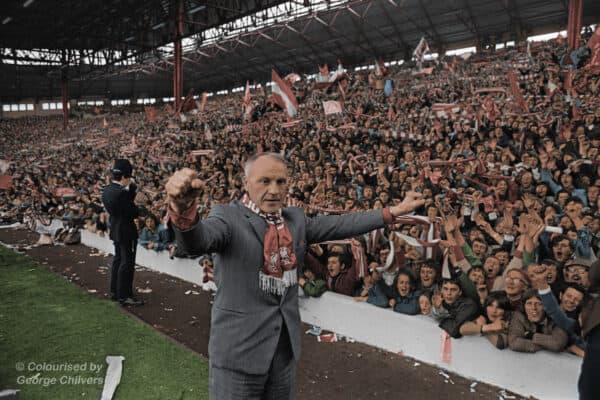
Bill Shankly’s rebuilding job is complete. His second great Liverpool team has come to fruition and a record-breaking eighth league championship has just been confirmed.
With a red silk scarf tied tightly around his neck and fists clenched in victorious defiance, Shankly stands proudly in front of a joyous Kop.
It’s a title triumph that has been seven years in the making and the adulation for the manager is plain to see. In the words of ITV commentator Gerald Sindstat, “This is the man they love”, and the respect was mutual.
The communion between the manager and the supporters had never been more profound than in this moment.
These emotional scenes of celebration came following a goalless draw at home to Leicester City on 28 April 1973. It brought Liverpool the point required to deliver what Shanks famously described as his ‘bread and butter’.
Success in the league was what he strived for above everything else and after the near-miss of the previous season, plus the six trophy-less years before that, this was an occasion to savour.
Further redemption was to follow just a few weeks later in the form of Liverpool’s first European trophy, yet within a year the great man had managed the Reds for the final time.
He bowed out having guided the club to three league titles, two FA Cups and the UEFA Cup, but left behind a far greater legacy, as the man who had built Liverpool up into a renowned ‘bastion of invincibility’.
Arrivederci Roma
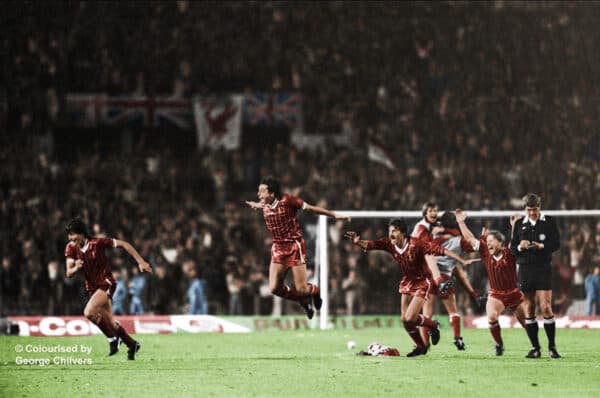
The look of sheer bliss on their faces says it all; Alan Kennedy’s penalty has just hit the back of the net and Liverpool are champions of Europe for a fourth time.
Alan Hansen leads the sprint to congratulate the goalscoring hero, Michael Robinson leaps for joy, while Mark Lawrenson and Sammy Lee seem set for take-off. Behind them, Ronnie Whelan and Steve Nicol embrace, and the Curva Nord of Rome’s Stadio Olimpico is ablaze with red and white.
With the odds stacked against them like never before, Joe Fagan’s treble-chasing Reds of 1984 had been cast in the role of sacrificial lambs entering the lion’s den of their opponents’ home ground.
The travelling Liverpudlians were vastly outnumbered and so sure of victory were the hosts that street carnivals had already been planned in readiness.
But with inspirational captain Graeme Souness leading from the front, the English champions boldly swaggered into the Italian capital singing the Chris Rea hit ‘I Don’t Know What It Is But I Love It’ and quickly silenced the vociferous locals.
A Phil Neal goal drew first blood, only for Roberto Pruzzo to level just before the break. There was to be no further scoring in open play, and for the first time ever the European Cup final was to be decided on penalties.
Scouse hearts skipped a beat when Nicol blazed over but Bruce Grobbelaar’s antics and clinical finishing by Neal, Souness, Ian Rush and Kennedy ensured the big trophy headed back to Anfield. The Eternal City had been conquered for a second time and it was a case of ‘Campioni Liverpool!’
Old Liverpool FC In Colour is published by Reach Sport and is available from the official LFC store, here.

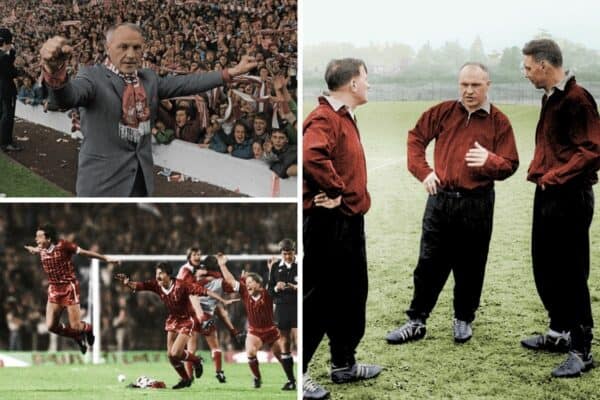
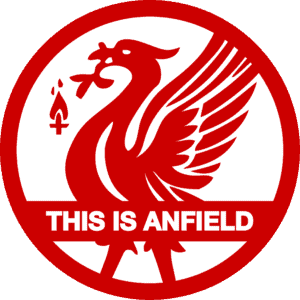
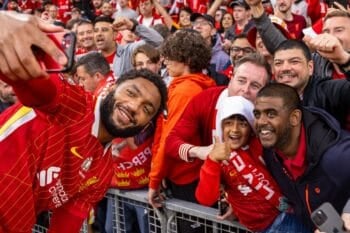
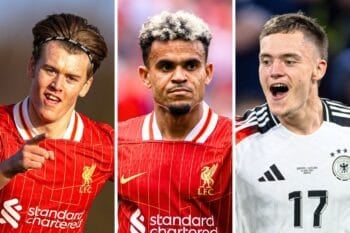
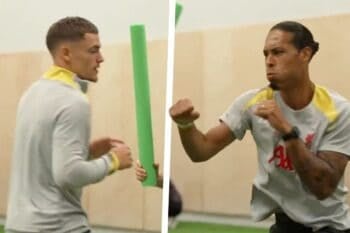
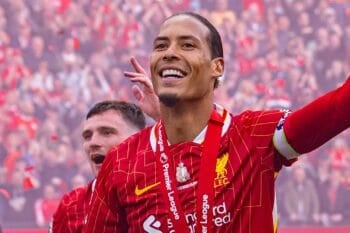
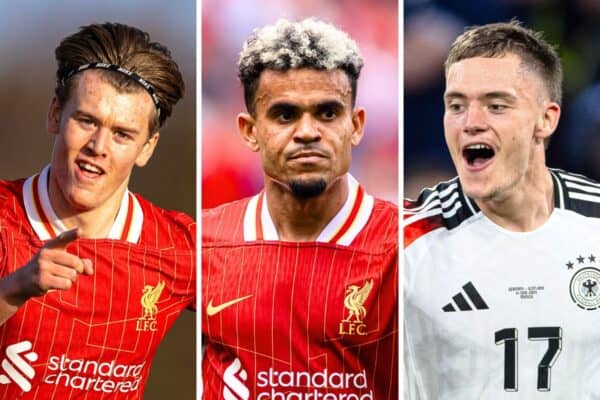
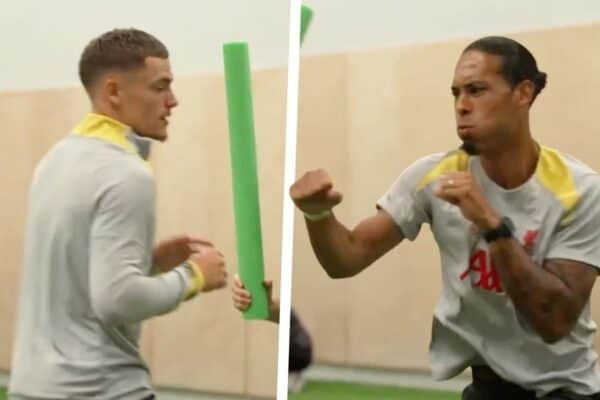
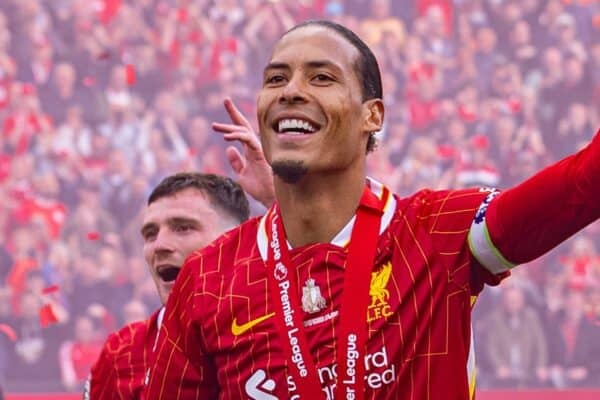
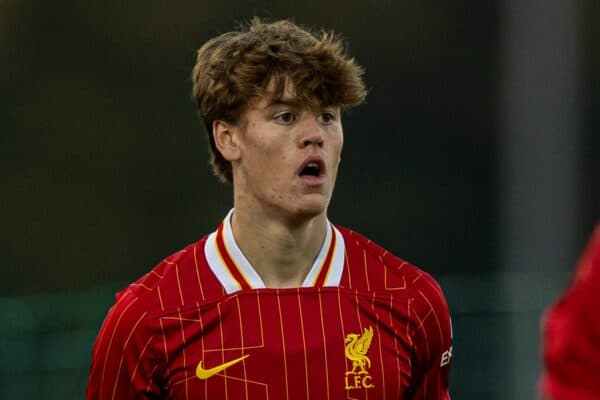
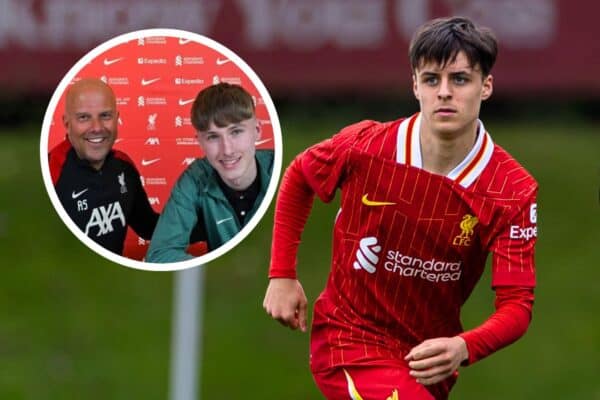

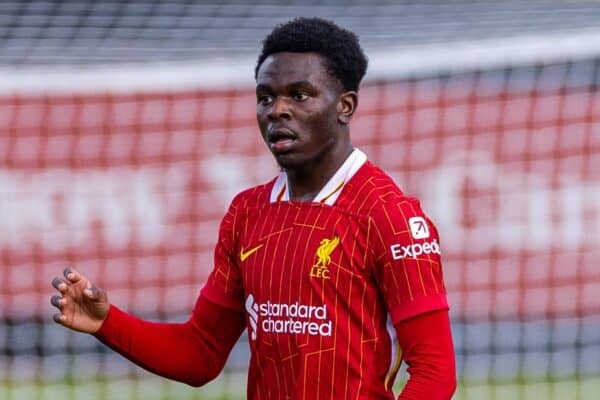
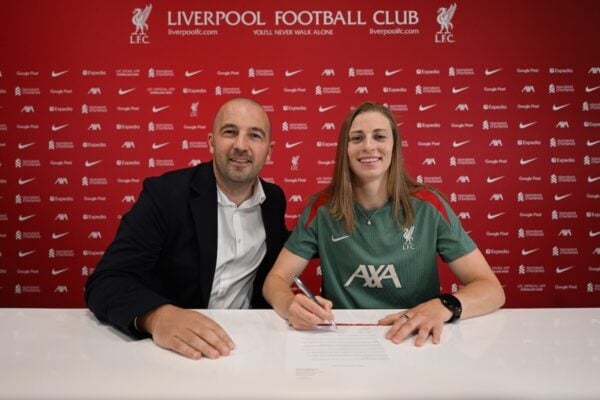
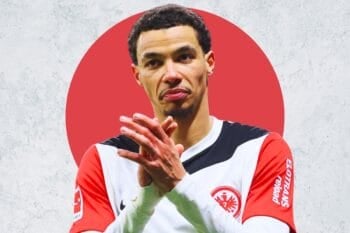

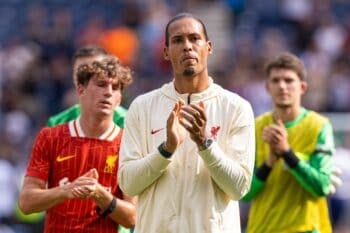
Fan Comments